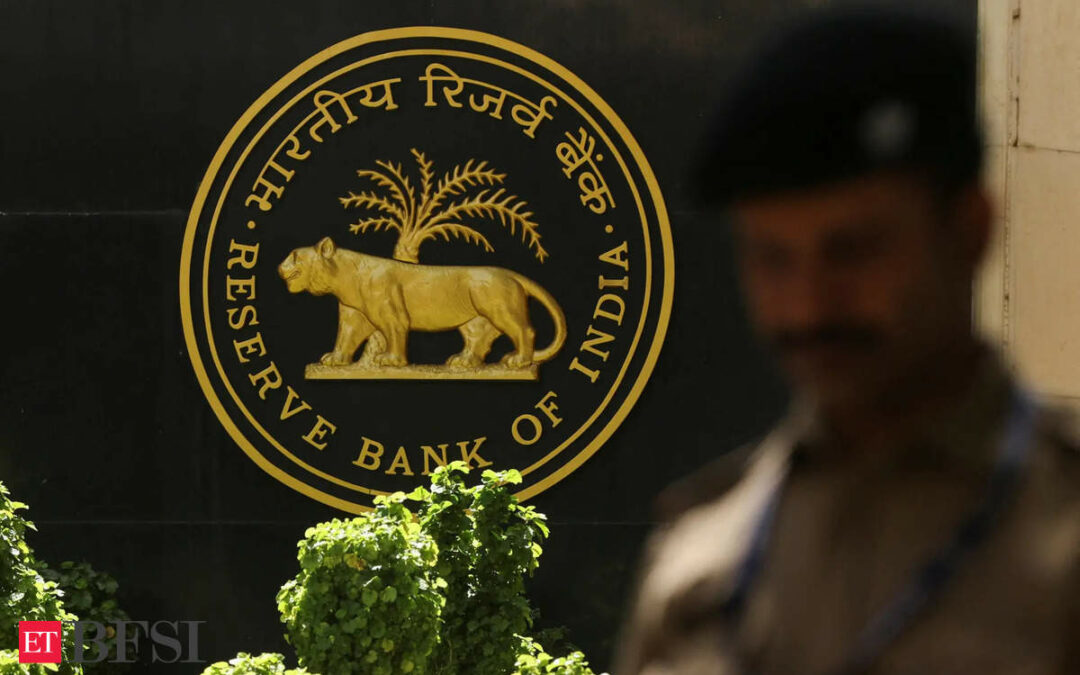The Reserve Bank of India (RBI) has kept the repo rates unchanged in its October policy. After the US Federal Reserve reduced the policy rates by 50 bps earlier there was a big hope that the RBI will also follow the path that central banks globally have embraced. But the Israel and Iran war has made everyone cautious and despite inflation under the range of RBI’s comfort zone, the central bank has not reduced policy rates. However, it has changed its stance from accommodative to neutral, which simply means that the RBI can reduce rates anytime when it finds supportive data.
Leading economists with financial institutions and rating agencies believe that a rate cut is very close by and it will begin from December itself. Here are their predictions.
Dharmakirti Joshi, Chief Economist, CRISIL
We anticipate a 25-basis-point reduction in the repo rate during the MPC’s policy review meeting in December, in response to the expectation that food inflation will decline. We also expect GDP growth to moderate to 6.8% this fiscal compared with 7.2% forecasted by RBI for this year.
Aditi Nayar, Chief Economist and Head of Research and Outreach, ICRA Ltd
This has opened the door for a potential rate cut in December 2024, if the lurking risks to inflation, both domestic and global, do not materialise. In our view, the Indian rate cut cycle will be fairly shallow, restricted to 50 bps over two policy reviews.
Abheek Barua, Chief Economist and Executive Vice President, HDFC Bank
The RBI remains in a wait-and-watch mode to assess domestic developments like the monsoon performance, food inflation, and the new fiscal strategy before moving on rates. We continue to see the possibility of a rate cut in Q4 2024.
Madan Sabnavis, Chief Economist, Bank of Baroda
I expect RBI to reduce the repo rate by 25 bps in February. Things have aligned but inflation will be the major drive. Because RBI’s prediction for inflation at Q3 is going to be at 4.8%.
Kaushik Das, Chief Economist, Deutsche Bank
“I expect RBI to reduce the repo rate by 75 bps in the next four months. It may reduce 25 bps in the December policy and another 50 bps in the February policy.” He said in a TV interview.
Inflation targeting
The RBI has completed eight years of its Flexible Inflation Targeting (FIT) framework.
“It is with a lot of effort that the inflation horse has been brought to the stable, i.e., closer to the target within the tolerance band compared to its heightened levels two years ago,” said RBI Governor Shaktikanta Das delivering the monetary policy speech.
The RBI’s target for inflation for FY25 is 4.5% and it has set an inflation target for Q1 of FY26 at 4.1%. But currently the major risks that RBI has pointed out are the geopolitical tensions, which could flare up oil prices that will directly impact inflation. And the other challenge globally is commodity prices are increasing, which could be a worry for inflation.
But overall, things have aligned and the rate cut is near. Customers will cheer up once the rate cut begins, but there will be pressure on the bank margins.
END











